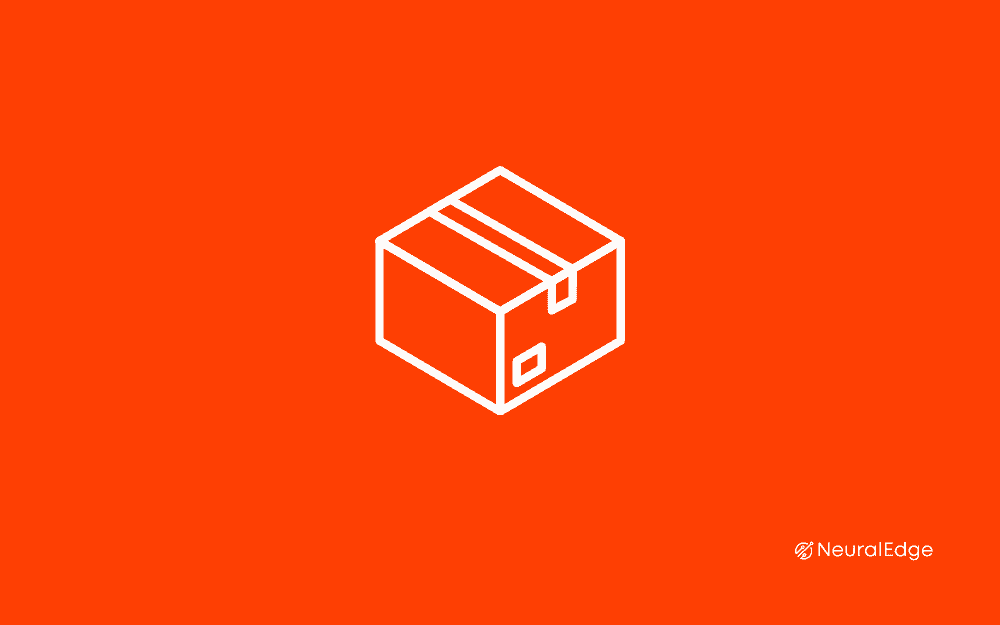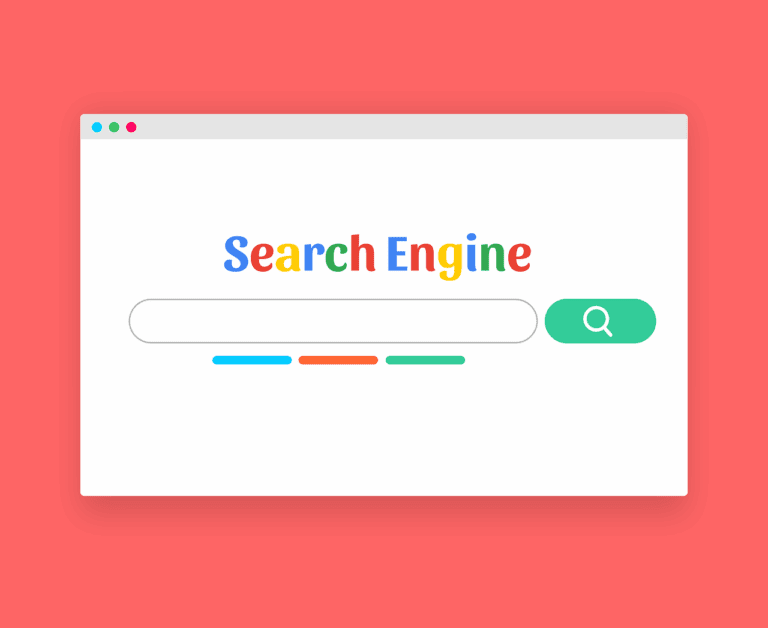Small retailers regularly tell us that they struggle to create their own websites due to the cost and maintenance involved. To overcome this we suggest exploring alternative methods to sell products online without a website.
Today we are sharing with you three different ways to make online sales that don’t require setting up a website.
There are three ways retailers can sell products online without a website; selling through online marketplaces, selling through social media channels and supplying retailers that are already selling online. Marketplaces and social media are easily set up and just require an account and a list of products that are being sold online.
How To Sell Products Online Using Marketplaces
To start selling online through marketplaces, retailers must first choose a platform. It’s best to use well-established marketplaces like eBay and Amazon, to begin with. Both generate millions of visitors a month who are already in buying mode and looking for products to purchase.
Selling products on eBay is quick and easy. The only requirements to get started are an eBay seller account and a connected payment method. Once set up simply choose a subscription plan and select the subscription term. After naming the store retailers can list products quickly and easily. eBay then provides additional help with personalising the store and organising inventory.
Selling products on Amazon is a little more difficult but worth the effort. The first step is choosing a selling plan which starts from £25 per month. Retailers then need to create an account on seller central which is the back end of the online store.
This is where the process differs slightly from eBay. Amazon has 2 ways to list products:
- Products already listed on Amazon
- Products not yet listed on Amazon
Selling products already listed on Amazon is quick and simple and just requires uploading information about inventory, condition and shipping. For products that are not yet on Amazon, retailers need to create an EAN/SKU and list all of the product attributes individually. In some categories, products may need to be approved by Amazon before being allowed to go on sale. One this has been completed the store is ready to go.
How To Sell Products Online Using Social Media
Social media is another great alternative to selling products online without a website. There are currently 2 platforms that allow retailers to sell online directly which are Facebook and Instagram. Others like Pinterest require retailers to have an existing online store set up already.
The two methods for selling products on Facebook are:
- Selling directly through Facebook’s own eCommerce platform
- Using an ecommerce builder and connecting products to a Facebook store
Selling directly through Facebook is only available to retailers in the US. If you are outside the US skip to the second method. To set-up a Facebook page shop simply navigate to the page settings > Templates & Tabs. At the bottom, click add a new tab and select ‘Shop’. Facebook with then open the commerce manager and take you through a step by step process for listing and selling products.
Setting up a Facebook store using an eCommerce builder takes a little more time because products are not directly listed on Facebook. However, this is beneficial if retailers choose to go on and create their own online store at a later date because the products are already listed.
The two eCommerce builders we recommend looking at to do this are Shopify and BigCommerce. After setting up a business Facebook page and listing products on these platforms retailers can simply install an app on their Facebook business page. This will pull through the products and make them available to buy through Facebook instantly.
The only accounts that can sell on Instagram are accounts that have been approved. The six requirements in short are:
- The account must comply with commerce policies and the merchant agreement
- The account must be a business account
- The account must have a connected Facebook page
- The retailer must primarily sell physical goods
- The business account must be connected to a Facebook catalogue
- The account must be in North America, Latin America, EMEA and APAC
From there the process is simple. Retailers just need to go into the setting on their account and open ‘Business’ and then ‘Shopping’ This will produce a list of catalogues that are available to connect to the Instagram account. Select the appropriate catalogue and tap done.

How To Sell Products Online Wholesale
One alternative to retailers selling products online themselves is selling to other retailers that already have an online store, essentially becoming a wholesaler. This is not a method that will work universally but for those making their own products, it’s another distribution channel that will bring in more revenue.
To start a wholesale channel retailers must ensure there is enough margin in their products to sell them at wholesale prices. Typically retailers want a 50% mark up. So, if a product costs £1 and the wholesale price is £2 the retail price should be around £4.
With pricing worked out it’s important to research which online stores are most likely to want to stock these products, and how the retail price sits with the other items they are selling. A £100 chair would look out of place on the website of a retailer whose average chair price is £30.
Having compiled a list of suitable retailers the next step is contacting each one. This can be done by email, face to face if they are local, or by sending samples to them in the post. If any online retailers agree to stock products agreements may need to be put in place that addresses pricing, supply, delivery and returns.
Running a retail and a wholesale channel can be very lucrative and will provide an incredible boost to revenue, brand awareness and credibility. Examples, where this could work, are clothing, handmade products and food and beverage.
Conclusion
There are three main ways for retailers to sell online without creating their own website. These are through online marketplaces like Amazon and eBay, through social media platforms like Facebook and by becoming a wholesaler and selling products to retailers with an existing online store.
To start selling online using any of these methods simply follow the steps laid out in this post. Selling online without a website doesn’t require a lot of money and takes very little time to set up. So, plan your strategy, identify eCommerce trends, choose a method, set up a store and start bringing in additional sales for your business today.





